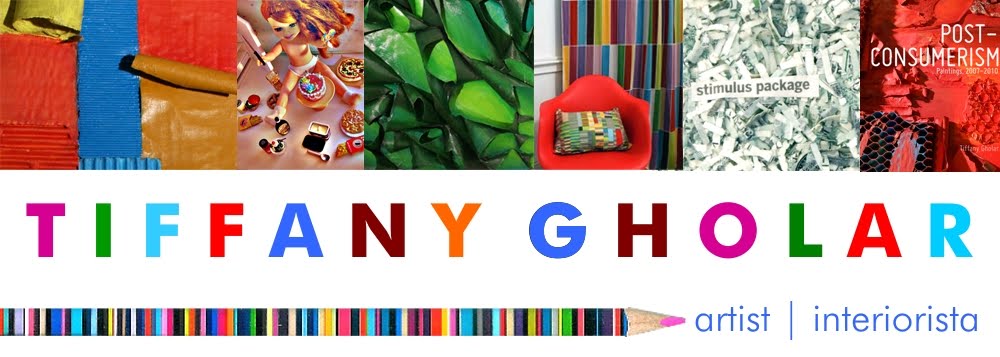There is a tension between order and chaos in his work. It is concerned with the cyclical nature of life, decay, and regeneration. He worked with roadkill and even learned taxidermy so that he could incorporate animal skins in his work among the branches and pieces of charred wood. One installation was made of cotton balls and rust. He likes to work with found objects that he has collected in his travels but is not content with using ready made items. He would rather work with them in a process.
I really enjoyed hearing about his process. Making Number 43 involved cooking cardboard boxes on a stove in his apartment. The resulting smoke alarmed his neighbors, whose 911 call summoned firefighters who removed his apartment door because they thought his home was burning. Apparently when he told them he was an artist, they were very understanding.
He made another series of work with molded white fabric that looks like plaster. Then he broke down everything that had been in the installation and put it into glass jars and displayed it in another installation. Then he took those pieces out of the jars and made them into a wall installation. It was fascinating to see how he was able to repurpose his own work.
During his talk, he often referred to his pieces as "monstrosities." He sees art as a moving language. When he began creating his abstract works, he decided to give his pieces numbers instead of names. He does this because he believes that viewers should complete the work, bringing their own perspectives and sense of meaning to it. He said that he finds failure stimulating and that not knowing where he's going is a catalyst for him.
My favorite pieces of his that I've seen so far were the ones in the Solidary and Solitary show, like this one.
The show continues through May 19th and the Smart Museum has free admission. It's definitely worth seeing.







No comments:
Post a Comment